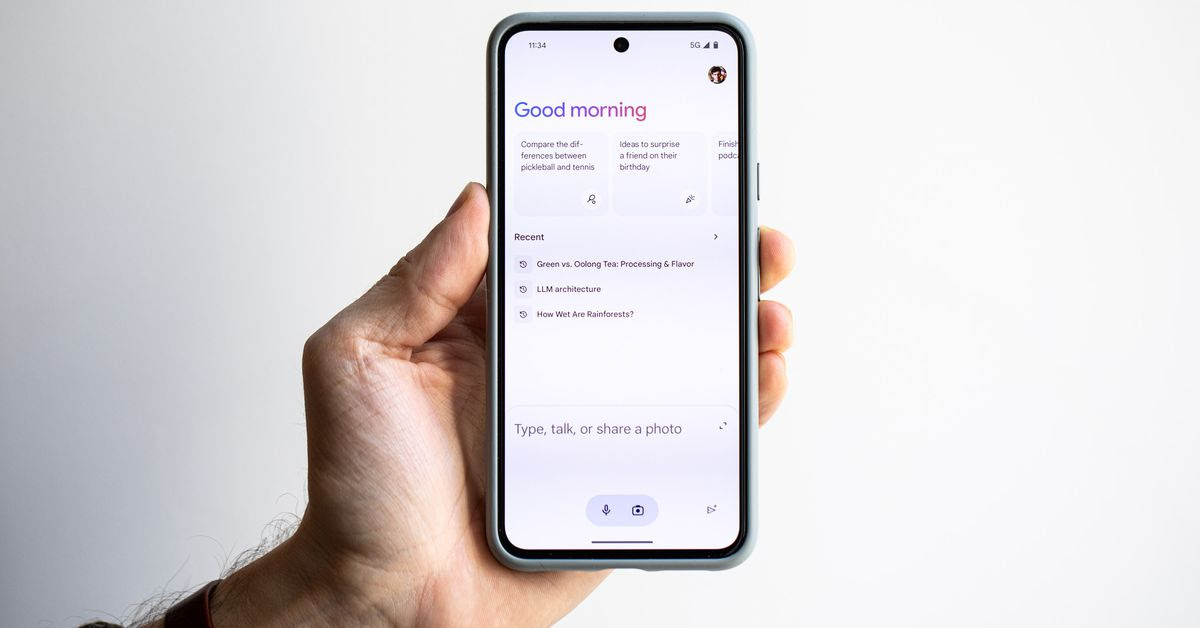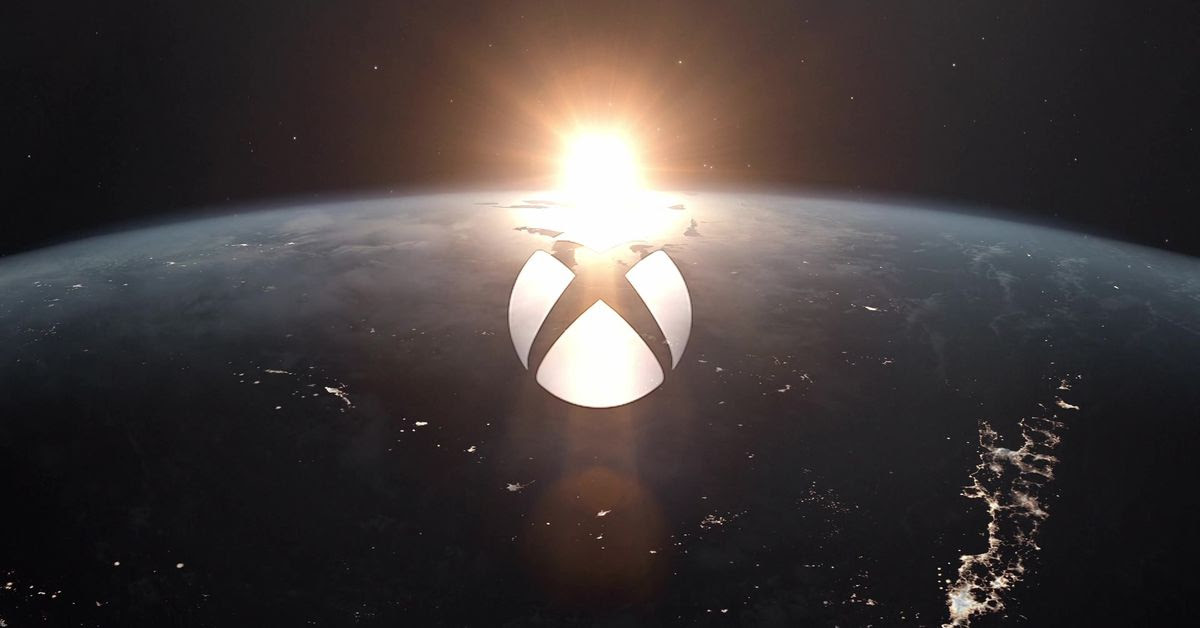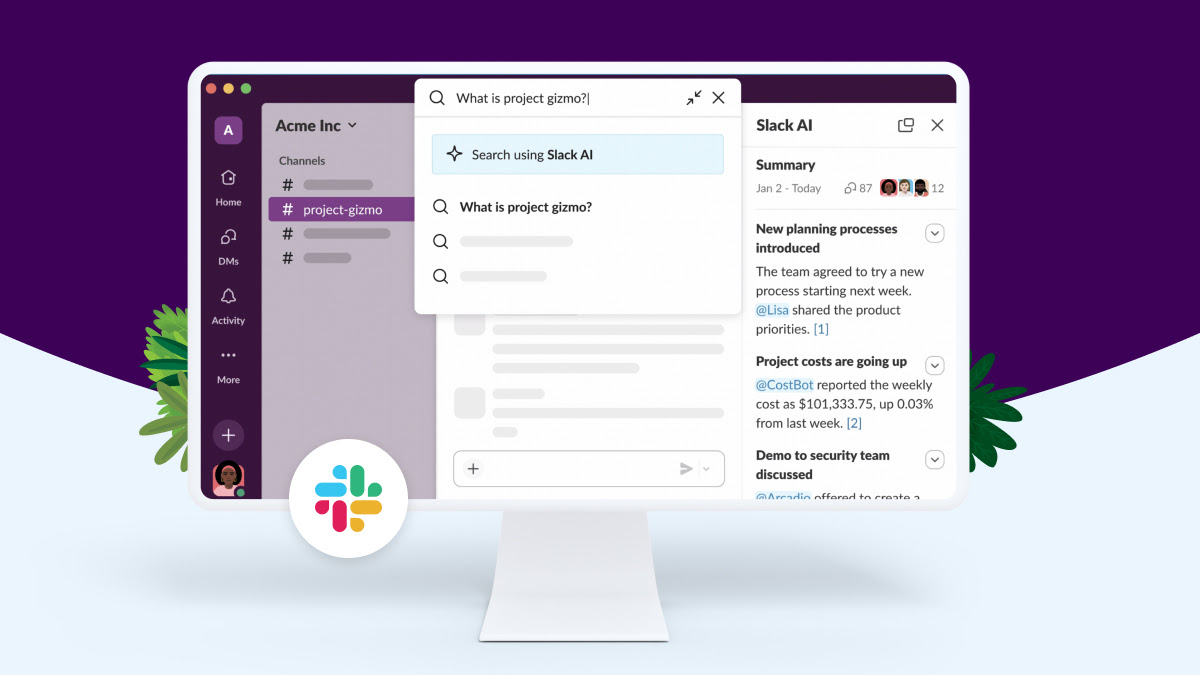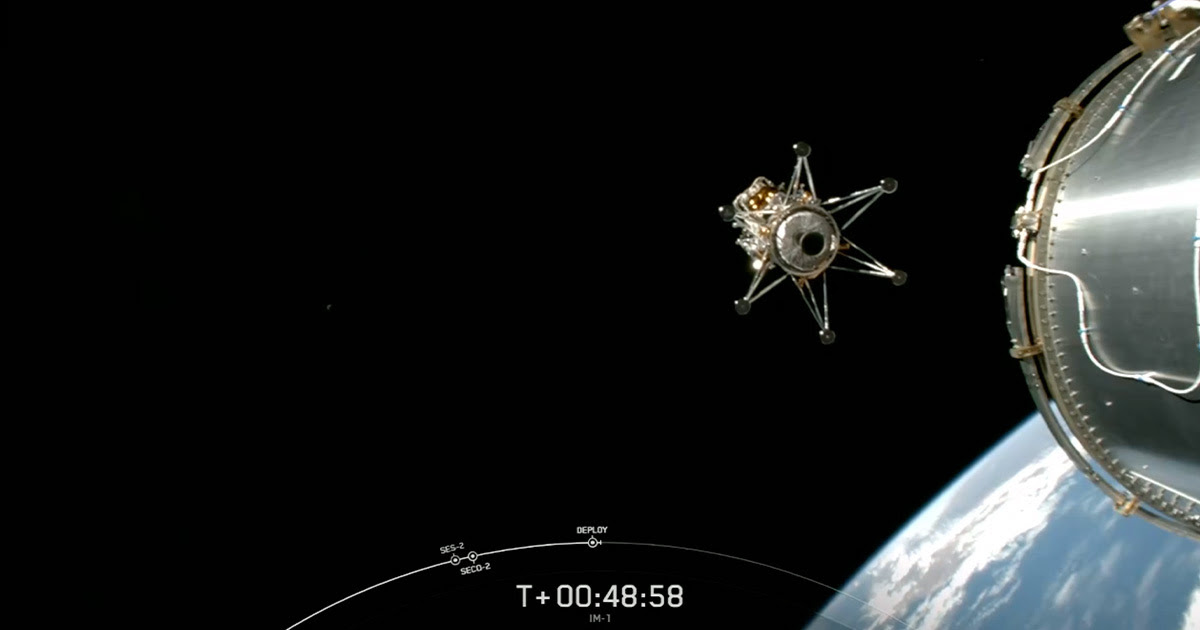Version 29.0

Written & Compiled by Macklin Andrick, GPJ Sr. Creative Technologist
GPJ’s Experience Technology practice is your trusted guide through the latest technological shifts and how they might benefit your next experience. Another week, another opportunity to explore some of the weird and wild things going on in the tech world!
What a time to be alive in tech! From the glitzy experiential marketing blitz of Super Bowl LVIII in Vegas, where brands played their best hand to dazzle over 330,000 attendees, to OpenAI’s Sora stepping into the spotlight with its photo-realistic video wizardry, and Google’s Gemini 1.5 flexing its massive brainpower, it’s clear we’re not in Kansas anymore. Fasten your seat belts; it’s going to be a wild ride!

Live from Super Bowl LVIII: Brands Hit the Jackpot with Experiential
Super Bowl LVIII in Las Vegas was a spectacle of brand engagement and experiential marketing, as companies leveraged the city’s vibrant atmosphere and high foot traffic to create memorable activations for NFL fans and locals alike. From the stunning Super Bowl-themed projection displays at Caesars Palace to a variety of brand experiences including invite-only parties, concerts, and immersive booths, brands went all out to captivate the over 330,000 visitors. Paramount’s Expedition Vegas, Frito-Lay’s Chip Strip, and Tostitos’ pop-up restaurant offered unique, themed experiences that blended entertainment with product engagement, while activations by Lowe’s, Uber Eats, and Visa showcased innovative ways to interact with consumers. Nickelodeon, Invisalign, Wilson, and others provided family-friendly fun and engagement opportunities. With everything from the Paramount Mountain activation that replaced The Mirage’s famous volcano to the Cheetos Chapel and the immersive Uber Eats convenience store, the events demonstrated the power of experiential marketing in creating deep connections with consumers.
OpenAI introduces, its text-to-video AI model
OpenAI has unveiled Sora, a groundbreaking text-to-video AI model capable of generating up to one-minute-long photorealistic videos from written prompts, creating complex scenes with multiple characters, specific motions, and detailed backgrounds. Sora extends the capabilities of AI in interpreting how objects interact within the physical world, generating videos with compelling characters and vibrant emotions. While the technology showcases significant advancements, including the ability to create videos from still images or extend existing footage, it faces challenges in accurately simulating complex scene physics and cause-and-effect relationships. Currently in a testing phase with select users, Sora represents a leap forward in AI’s ability to produce realistic video content, signaling a shift towards more advanced multimedia AI tools alongside existing text-to-image models and competing with similar innovations from other companies.


Google’s next-gen AI model is almost ready
Google’s Gemini, a cutting-edge large language model aimed at redefining its position in the AI industry, has been quickly succeeded by Gemini 1.5, introduced just two months after the original. This updated version, available to developers and enterprise users, boasts significant improvements in efficiency and processing speed due to the “Mixture of Experts” technique, enabling it to selectively run parts of the model based on queries. A standout feature of Gemini 1.5 is its substantial context window capable of handling 1 million tokens, dwarfing the capacity of both its predecessor and competitors like OpenAI’s GPT-4. This enhancement allows for complex queries and the analysis of vast amounts of data simultaneously, opening up new possibilities for both personal and business applications, including detailed content analysis and comprehensive review of financial records. While initially available to business users and developers, Google plans to expand access to Gemini 1.5, further testing its capabilities and ethical implications, especially in light of its expanded context window.
Microsoft prepares to take Xbox everywhere
Microsoft is preparing to expand the reach of its Xbox game titles beyond its own platforms, signaling a significant shift in strategy as it plans to launch select Xbox exclusives on rival consoles like PS5 and Nintendo Switch. This move is seen as an attempt to address the slower growth in Xbox Series S and X sales compared to Sony’s PlayStation 5, as well as a deceleration in Xbox Game Pass subscriptions. By bringing games such as Hi-Fi Rush, Sea of Thieves, and potentially Bethesda titles to non-Xbox platforms, Microsoft aims to tap into a larger audience and generate additional gaming revenue. This strategy reflects Microsoft’s broader ambition to grow its gaming business, which has recently surpassed Windows in revenue, partly due to the Activision Blizzard acquisition. Despite the potential for increased reach and revenue, this transition raises questions about the future of Xbox hardware and the company’s overall gaming ecosystem, especially considering the importance of mobile gaming and the challenges posed by platform restrictions from companies like Apple.


Salesforce Launches Trusted Generative AI for Customers in Slack
Salesforce has launched Slack AI, introducing a suite of generative AI features within Slack to enhance workplace productivity by enabling users to efficiently access and prioritize the vast amount of information shared across channels. With AI-powered search, channel recaps, and thread summaries, Slack AI aims to save users an average of 97 minutes per week, drawing on participation from thousands of users across companies like SpotOn, Uber, and Anthropic during its pilot phase. This initiative addresses the challenges digital workers face in navigating the increasing complexity of digital tools and information overload, promising to make internal knowledge more accessible and actionable. Slack AI, which is built on Slack’s secure infrastructure, also emphasizes privacy and compliance, ensuring that customer data remains protected and is not used for training the AI models. The rollout of Slack AI marks a significant step towards transforming Slack into a more intelligent and efficient platform for workplace collaboration, with further enhancements and integrations, including with Salesforce’s Einstein Copilot, expected to augment its capabilities even further.
SpaceX Launches Private Moon Lander
SpaceX has launched the Odysseus lander, a privately-owned lunar lander developed by Intuitive Machines, marking a significant milestone as it could become the first private lunar lander to successfully land on the Moon and the first American craft to do so since Apollo 17 in 1972. The launch, aboard a Falcon 9 rocket, comes amidst a backdrop of previous failures in private lunar landings, including the recent loss of Astrobotic’s Peregrine craft. Odysseus carries 11 payloads, with contributions from both NASA and commercial clients, highlighting the high stakes of this mission in the context of delayed NASA Artemis lunar missions and the challenging nature of lunar exploration. Intuitive Machines remains optimistic about Odysseus’ potential to mark a historic return to the Moon for the United States, despite the inherent risks of lunar landing endeavors.

More Cool Stuff We Found
- Brilliant Labs’s Frame glasses serve as multimodal AI assistant
- Google Research LUMIERE A Space-Time Diffusion Model for Video Generation
- The text file that runs the internet
- The rise of virtual influencers
- Need a belated Valentines day gift? 3D print one…
- AI-powered AR Sommelier for Chronic Cellars winemaker
- SpaceX Tests Using Drone Ships to Support Starlink Coverage at Sea
- This Apple Vision Pro art app revolutionizes learning to draw
Missed a Creative Tech Byte? Find all previous versions here.